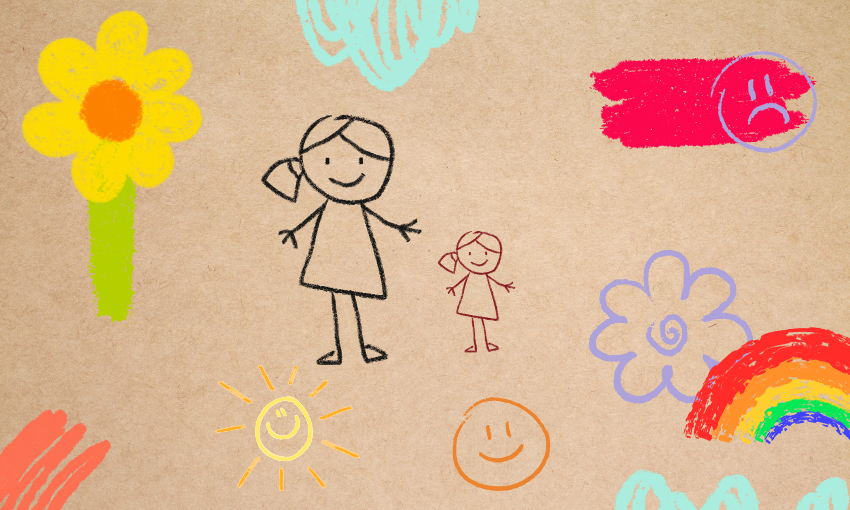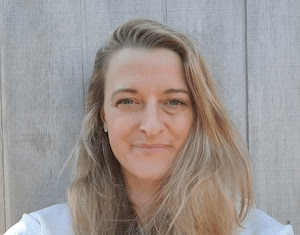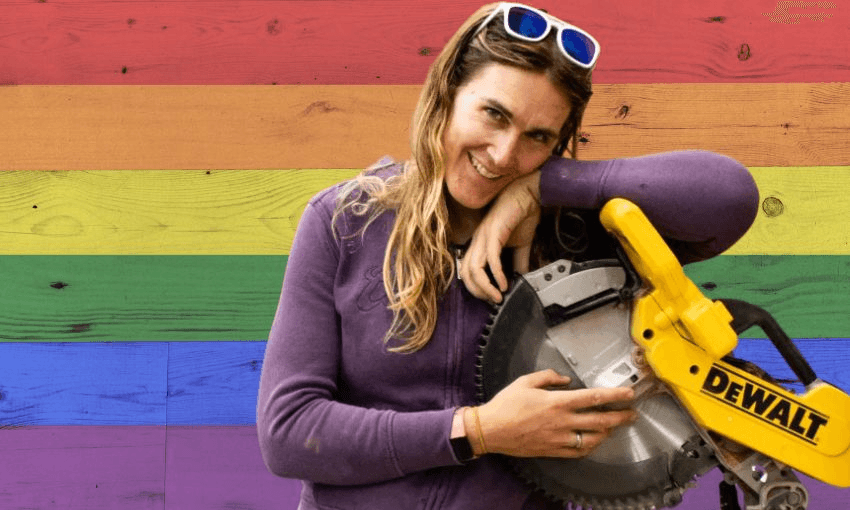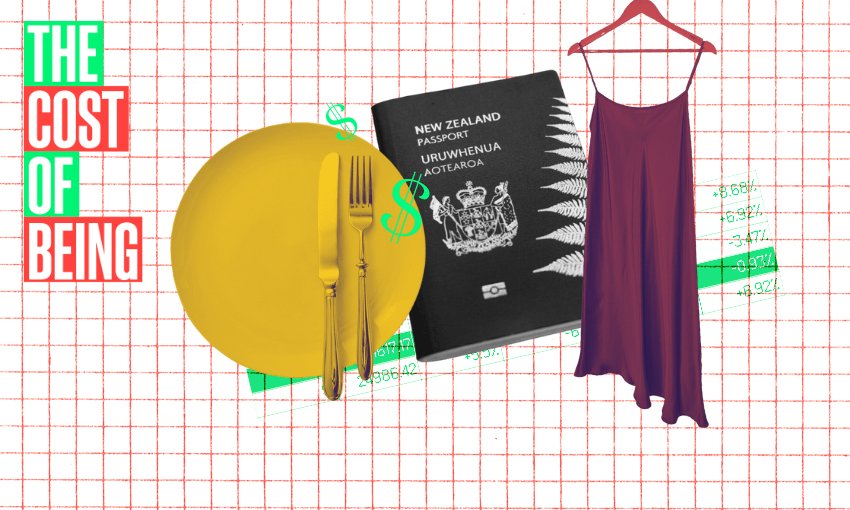Sometimes, when you want something done well, you just have to do it yourself.
I lower my gaze demurely, then look into my new therapist’s eyes, ready to astound and impress him.
“My life right now feels like I’ve got this car – this beautiful car I’ve always wanted – but almost all of the time it’s being driven by a drunk and distressed four-year-old who’s constantly crashing it into things and situations and relationships and I’m there but I’m buckled into the backseat -or no- I’m bound and gagged in the boot and I’m punching at the cover to be let out. And this kid is just driving my life around and trashing everything that I’ve worked so hard to build.”
I give myself 10/10 for delivery. I practiced it, in the weeks before this session. I tweaked the words, perfected them, then un-perfected them so that they’d sound unrehearsed. He doesn’t reply and I assume he’s taking a moment to process and savour the depths of my metaphor. Surely if I can keep coming up with bangers like this, I’ll be one of his most exciting, profound clients. I wonder if he finds me attractive. I laugh nervously, he doesn’t.
After a painfully long silence he asks – like it’s no big deal –
“And how are your parents?”
My blood drains and my body splits in two – half of me running for the door, the other half frozen on this couch, jaw clenched and breath held.
I try to answer.
“Well, my mum, she’s struggled all my life, she –”
“No,” he cuts me off, “Your internal parents, how well are you parenting that child that’s driving around and crashing your life?”
After the session, I come to, standing in a toy store staring at a Sylvanian Family campervan that costs a quarter of the price of my actual car. He told me to bring her here. To buy her something. I drift through the aisles in a daze, letting the little wound in me see each shelf. I pause at the beanie babies, at the lego, at the board games. I am shell shocked – a new mother just handed a triggered and scraggly four-year-old to adopt. I pull out my phone and check how much money is in my account. There’s enough in there to buy something here. I look at the toys and try to imagine what I would have wanted when I was little.
It’s too expensive, I hear her whisper when I look at the price of each toy.
I go home empty handed and sit on the end of my bed, arms tightly crossed and sulking. He told me to sit with these feelings, to try to “find my adult self” in them. To tear apart the sullen child from the rational adult. Which is a bit like asking me to pull a single sheet of paper apart, to find the corner with my nail, pick at it until it becomes pulp in my hand.
I look at her pouting in the mirror opposite my bed. I pull myself a step back, try to look at this kid as someone separate to me. For a short moment, I think that if I can work out how to do this, maybe I will be able to foster an abandoned child one day.
You’re not what I wanted, she says, her lip curling up and away from me.
I know I’m not, I reply, but I’m the only one here.
The next day I wake up with the same feeling – this alien child sitting outside of my body, waiting for me to do something good. I get up, get dressed, find myself driving into town to a strip of op shops. I wander through them all – arts and crafts, toys, kids books. I don’t buy anything but I go back the next day, and the next. I start driving to work so that I can go there on my way home. I buy small things at first, then more and more. Stickers, finger paints, big paper and jumbo crayons, and all the other things that kids can use to express themselves before they have words to. I take them all home and stuff them into a small box, then a large box, then a whole cupboard. My crew of soft toys grows beyond a reasonable size. When my partner is away for the night, I take them all out and sleep with them in my bed.
I buy paints and pens, the nice ones I never got to have as a child. I spend time with them each week. I lock my doors, put on music, lay it all out in front of me. I don’t need to be good at art, I don’t need to be good at anything, I just need to be here.
In therapy each week, we go back to every challenging part of my childhood I can remember and invite these young versions of myself into this future with me. A future where they are safe and have me to love and protect them. They each arrive the same, to our therapy session then to my bedroom door, utterly unimpressed that we are not still living in my childhood bedroom and devastated that my actual mother is on the other side of the world from us. And to cope with the feeling, with the new grief every young version of me feels for having lost my mum, I buy them things, I buy them anything they want. I wander the supermarket, department stores, malls, op shops, my mind thrumming, If I had a daughter, if I had a daughter, if I had a daughter.
There are foods I’m intolerant to and until now I have eaten them anyway. Out of politeness, or an acceptance that pain and inflammation and brain fog and anxiety are just the price everyone pays for eating food. But now when I am at the supermarket, I walk slowly, consciously between lines of foods that would make me sick and foods that would not, thinking, If I had a daughter, what would I feed her?
I stop drinking alcohol. I’ve been halfheartedly trying for years but never managed to. A friend comments that she’s disappointed – that the only time she’s seen me having “real fun” is when I’ve been wasted. I stop drinking. I stop speaking to that friend and don’t look back.
As the days get colder, I buy new warm pajamas, a soft towel, bedsheets, a hot water bottle with a fluffy cover shaped like a llama. I wrap myself up each night and keep myself warm.
In time, I look for a stronger hit. Driving home from work in the winter months, as the sky bruises into night, I stop by the beach, my bare feet denting into the dense damp sand as I walk to the water. I wade in and when it’s deep enough I drop to my knees. The cold shock stops my breath and my head hums with the danger. I remember panic, I remember the threat of being left, of death. I force air out and then drag it kicking and screaming back into my lungs.
I’m here, I tell myself, chattering above the cold waves, convincing my body to calm,
I’m here.
I get home, put myself in the shower, sit on the slippery tiled floor and cup handfuls of hot water over my shivering body. In my bedroom I dry myself slowly and slip into soft pajamas. I brush my hair, stroke my head, put myself in bed, wrap the blankets around me, all but kissing myself to sleep.
Every therapy session opens up a deeper level of grief. Each time I think I’ve felt the worst of it, another layer is there, waiting for me below the surface of the last one. When I realise the many ways I have lost my mum throughout my life, I clutch the grief close to my chest, between a teddy bear and my shivering ribs. I take days off work, I say no to invites in the evenings and weekends. I spend whole days in bed.
The distance between love and grief can be measured in hairlines. They are twin sister feelings, only differentiated by a freckle on the cheek of one and not the other. When the pain comes, I wrap myself up and I lay there with it. At the core of my grief, under the blankets and blinded by the full force of it, I realise that this is the closest I have felt to my mum in years. And I begin to treasure the feeling like some daughters treasure a diamond ring handed down, or the car they got on their 21st birthday, or the day they moved back in with their parents when they needed some extra support. It is mine, it is ours, it belongs to every age I have ever been. Nothing will separate me from it.
This Mother’s Day, I will wake in a body that is different to the one that walked through that door into my first therapy session five years ago. That body that felt orphaned and abandoned has found a safe place among people who love it. I will wake feeling whole, connected, assured. Or maybe not, maybe I’ll wake feeling scattered, sad, existential, but I’ll be there, at least, with myself. I won’t wake up alone. I’ll make a too-strong coffee, get back into bed, read a couple of articles which help, like this one and I’ll remember I’m never actually alone.
I’ll take myself out for breakfast, maybe with a friend who has also needed to be her own mother for a long time. Neither of us will have kids to get back to. There might be more eggs on our plates than in our ovaries between us. Not quite mothers, not quite daughters. We might feel exhausted or elated, and feel a right to be celebrated for all the ways that we have held ourselves over the years. We’ll joke about a holiday all of our own – “Re-parenters’ day”, “Mothers-of-inner-children-appreciation-day”, a day where someone else carries the load for a moment, and all therapy sessions are free for 24 hours.
I’ll send a message to my mum. It won’t be worded perfectly. It will take me a long time to write just a few sentences that will never feel like enough. I’ll say thank you, and I’ll mean it.
The young parts of me will tug at my sleeve and I’ll go home, spend time with them. I’ll pull a small-ish box of arts and crafts out and lay it in front of me on the floor. I’ll trace lines of blue and yellow and purple and red. I’ll rip the paper and it won’t matter. I’ll have no plan, no skill. I’ll feel peaceful, or agitated or grateful or sad and it all will be OK. At night, I’ll get into the bed we share, and I’ll hold myself, and I’ll be held.






